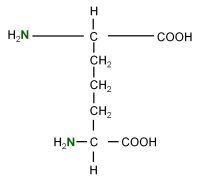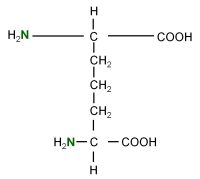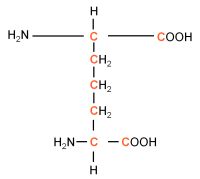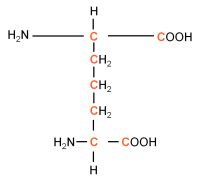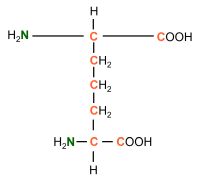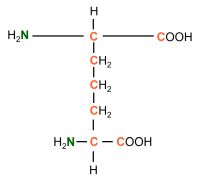Categories Products for Mass Spectrometry In-vitro SILAC CTAP with DAP
In-vitro SILAC CTAP with DAP
The SILAC approach is a powerful tool in quantitative proteomics of cell cultures.[1] Two cell populations are cultured in separate media, one containing unlabelled and one 13C/15N-labelled arginine or lysine. , The two cell populations are then combined for mass spectrometry analysis facilitating relative quantitation of a great number of proteins.
The SILAC method has limited applicability in multicellular contexts as cultures usually have to be grown in isolation. A new technique for the investigation of cell-cell interactions is the cell type-specific labelling using amino acid precursors (CTAP).[2] Instead of the essential amino acid itself, a stable isotope (SI)-labelled substrate or precursor is used. By overexpressing an enzyme that synthesizes the desired amino acid from its precursor, a metabolic incorporation of the label into a specific cell type is achieved.[3]
Silantes High Quality Components for
Cell Type-Specific Labelling using Amino Acid Precursors
Silantes provides SI-labelled diaminopimelic acid (DAP), which is a precursor for the SILAC amino acid lysine. By transfecting distinct cell populations with the gene encoding the enzyme diaminopimelate decarboxylase (DDC), these cells gain the ability to grow on DAP instead of lysine.
Silantes offers 13C-, 15N- and 13C15N-labelled DAP in powder form, which is produced by fermentation. We guarantee an isotopic enrichment of > 97 atom % and a chemical purity of > 95 %. The isotopic and chemical purities are confirmed by mass spectrometry and HPLC, respectively.
|
Product |
Mass Shift |
Quantity |
Article Number |
|
13C-labelled L-Diaminopimelic acid powder |
7 Dalton |
100mg 1g |
220203900 220204100 |
|
15N-labelled L-Diaminopimelic acid powder |
2 Dalton |
100mg 1g |
220303900 220304100 |
|
13C 15N-labelled L-Diaminopimelic acid powder |
9 Dalton |
100mg 1g |
220603900 220604100 |
Applications of the CTAP Approach using SI-labelled DAP
In cell-of-origin secretome studies with lysine-auxotrophic cells, biomarker and cell-cell communication analysis can be performed in co-culture by metabolic labelling with DAP as a substrate (Figure 1).

Figure 1: Cell type-specific labelling using amino acid precursors (CTAP). Method illustration from Gauthier et al.2,3
Figure 2 shows an example of a cell-of-origin secretome study using the method of Gauthier et al..3 A mouse cell line modified to express DDC for growth on DAP together with a human cell line capable of growing on D-lysine (expressing lysine racemase) were grown in co-culture on labelled D-lysine and unlabelled DAP. Nearly all proteins secreted from both cell lines could be distinguished by the difference in label illustrating the aptitude of CTAP for multicellular analysis. Additional applications of these studies are possible with the new availability of SI-labelled DAP.
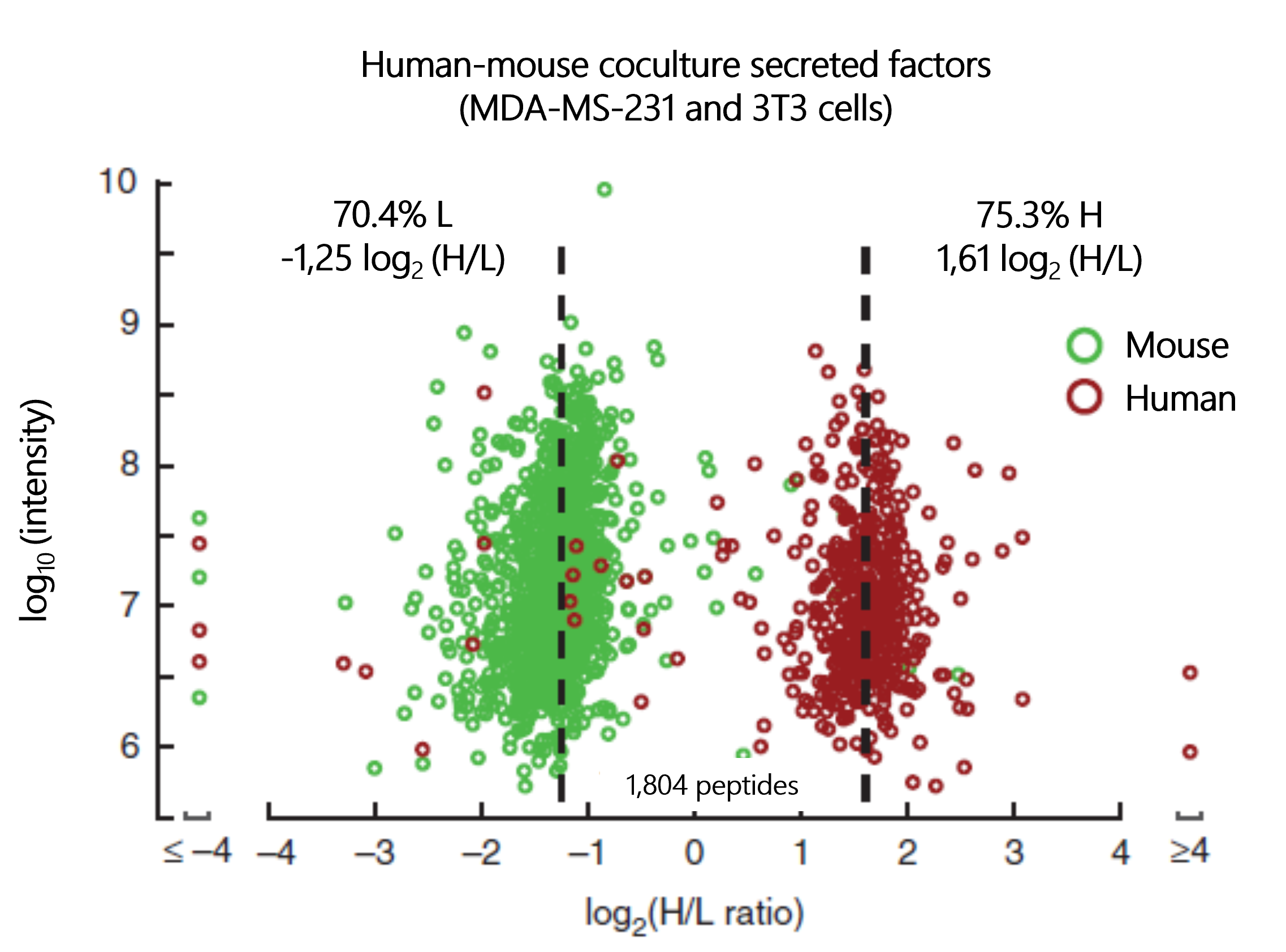
Figure 2: CTAP approach for secreted proteins. LC-MS/MS analysis of proteins in the supernatants of DDC-expressing mouse (3T3) and lyr-expressing human (MDA-MB-231) cells co-cultured in SI-labelled D-Lys (H = heavy) and unlabelled DAP (L = light). Illustration from Gauthier et al.3
[1] Ong, S. E., Blagoev, B., Kratchmarova, I., Kristensen, D. B., Steen, H., Pandey, A., Mann, M. (2002). Stable isotope labeling by amino acids in cell culture, SILAC, as a simple and accurate approach to expression proteomics. Mol Cell Proteomics. 1(5):376-386.
[2] Gauthier, N., Sander, C., Miller, M., (2014), Cell selective proteome labeling, WO 2014039643.
[3] Gauthier, N. P., Soufi, B., Walkowicz, W. E., Pedicord, V. A., Mavrakis, K. J., Macek, B., Gin, D. Y., Sander, C. and Miller, M. L. (2013). Cell-selective labeling with amino acid precursors for proteomic studies of multicellular environments. Nat Methods 10(8), 768-773.
|
Product no.: 220304100
Chemical formula: C7H1415N2O4 Isotopic enrichment > 97 atom % Chemical purity > 95 % |
$1,460.00
/ g
*
Please contact our customer service for information on availability and delivery time at |
|
|
|
|
Product no.: 220303900
Chemical formula: C7H1415N2O4 Isotopic enrichment > 97 atom % Chemical purity > 95 % |
$370.00
/ 100 mg
*
In stock. |
|
|
|
|
Product no.: 220204100
Chemical formula: 13C7H14N2O4 Isotopic enrichment > 97 atom % Chemical purity > 95 % |
$4,190.00
/ g
*
Please contact our customer service for information on availability and delivery time at |
|
|
|
|
Product no.: 220203900
Chemical formula: 13C7H14N2O4 Isotopic enrichment > 97 atom % Chemical purity > 95 % |
$1,060.00
/ 100 mg
*
In stock. |
|
|
|
|
Product no.: 220603900
Chemical formula: 13C7H1415N2O4 Isotopic enrichment > 97 atom % Chemical purity > 95 % |
$1,270.00
/ 100 mg
*
Please contact our customer service for information on availability and delivery time at |
|
|
|
|
Product no.: 220604100
Chemical formula: 13C7H1415N2O4 Isotopic enrichment > 97 atom % Chemical purity > 95 % |
$5,040.00
/ g
*
Please contact our customer service for information on availability and delivery time at |
|
|
|

